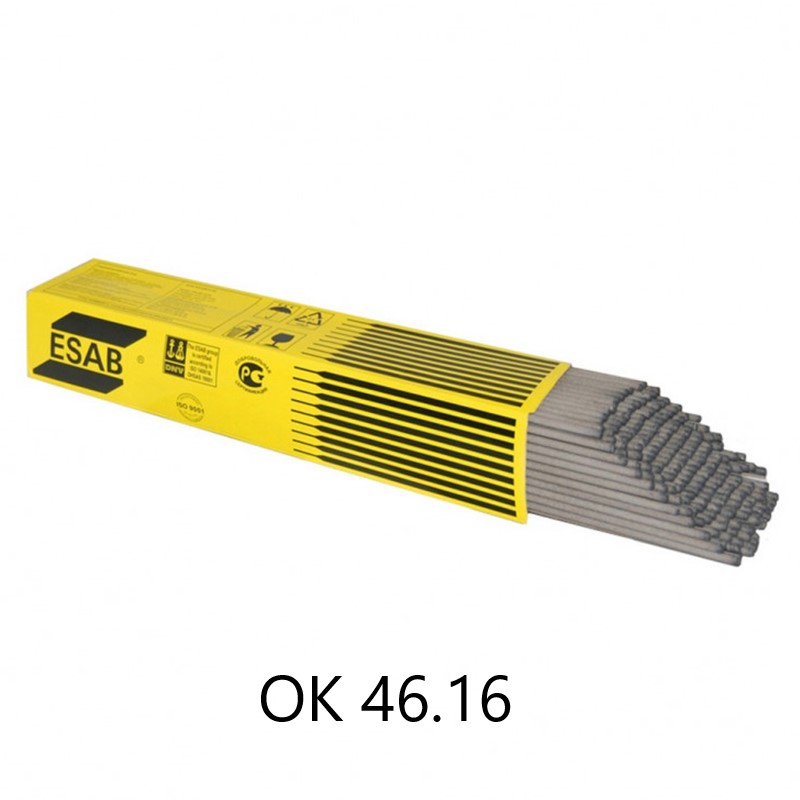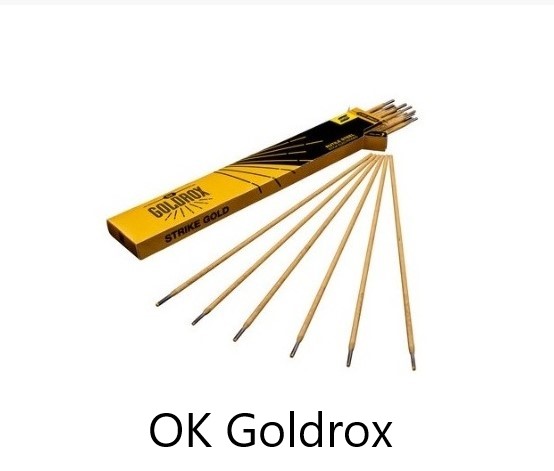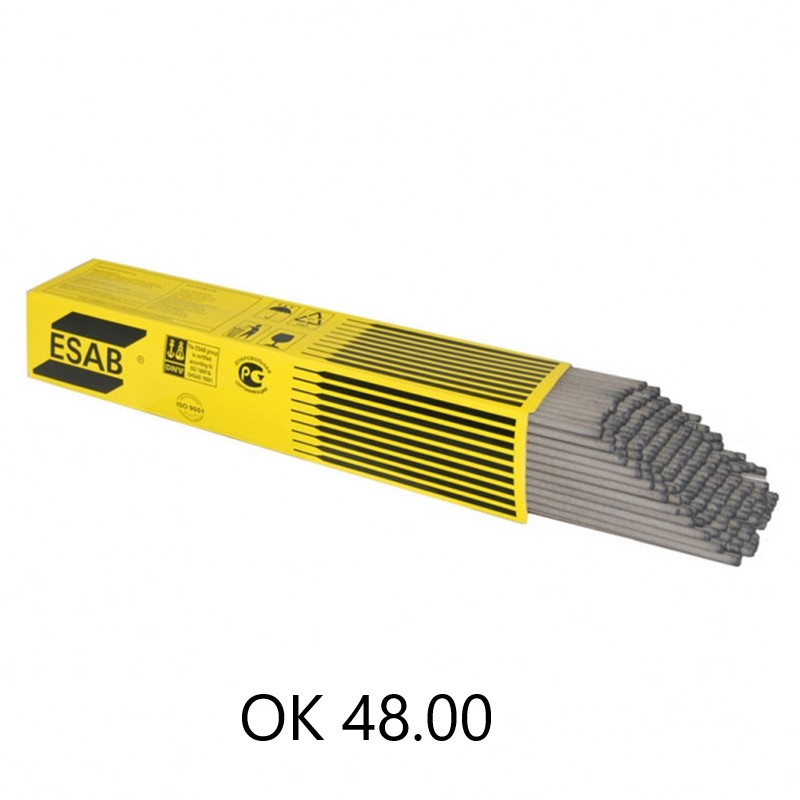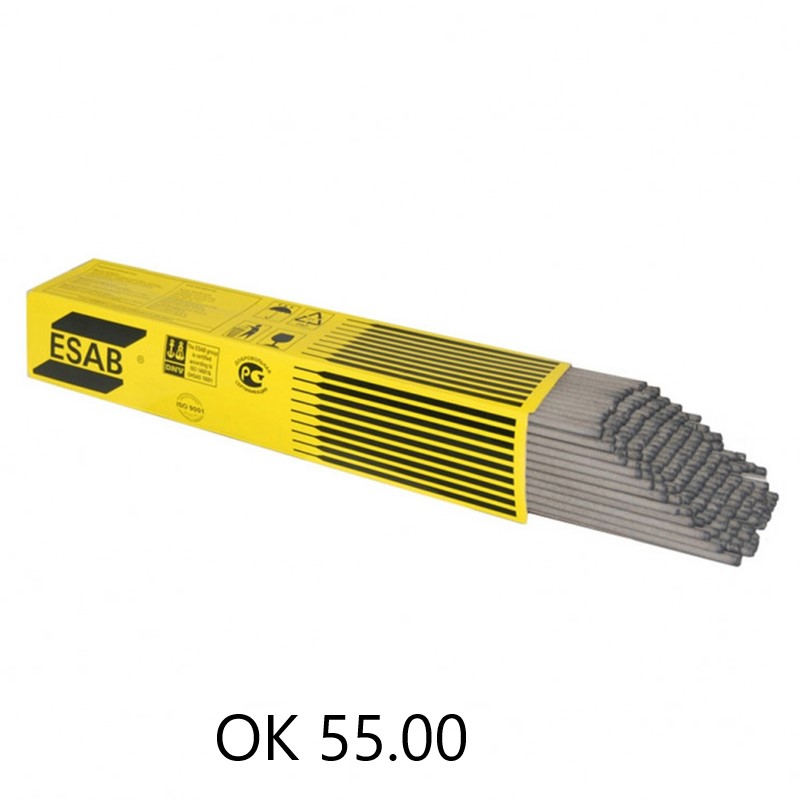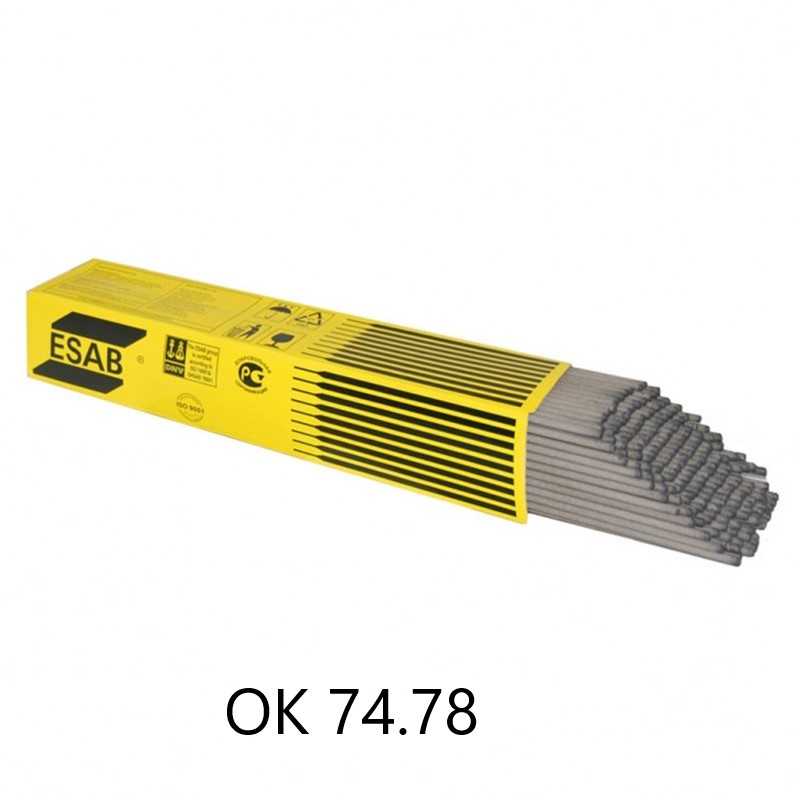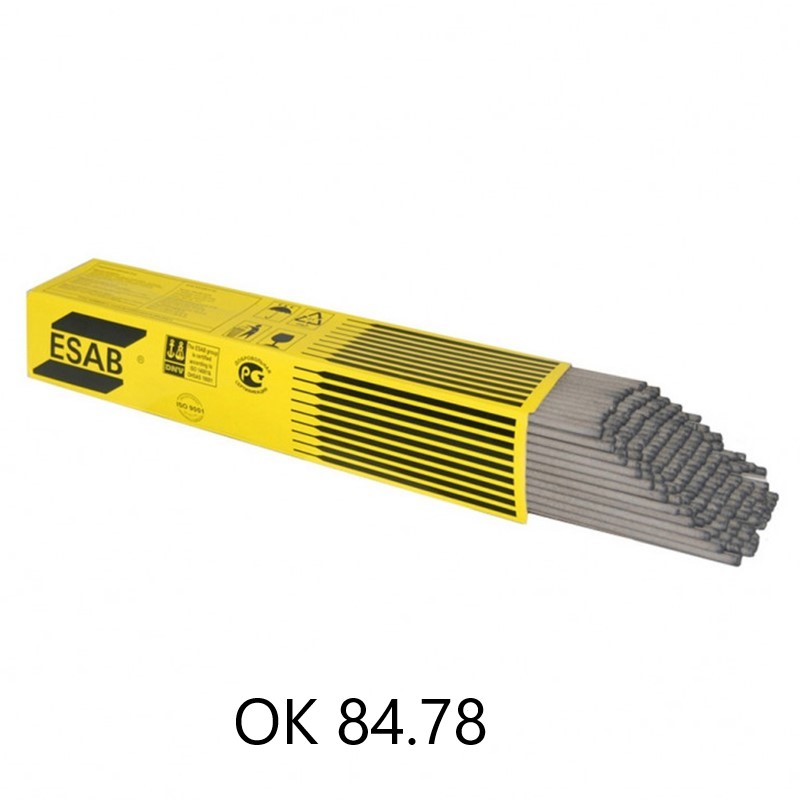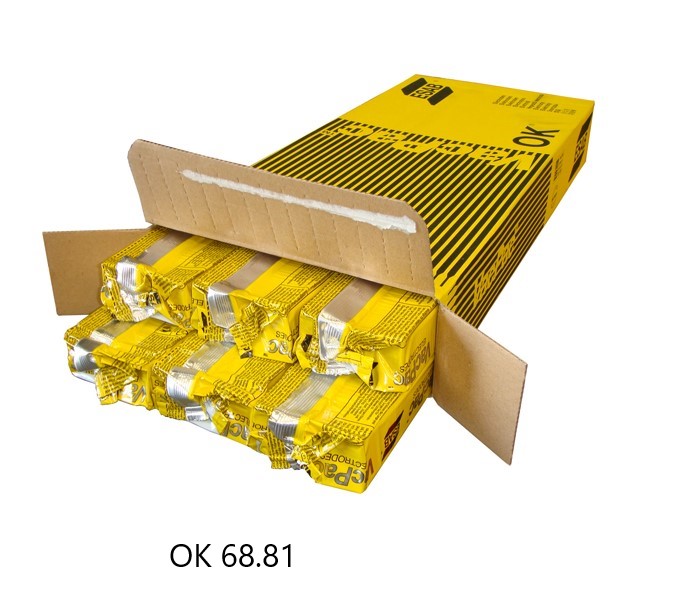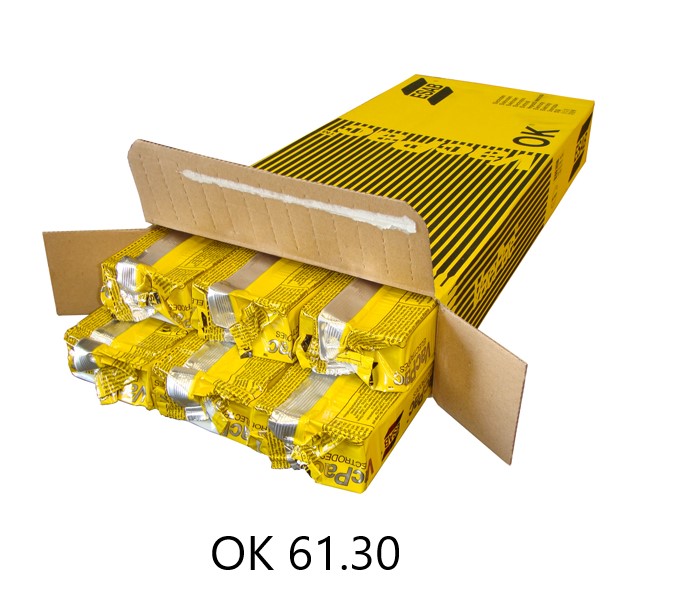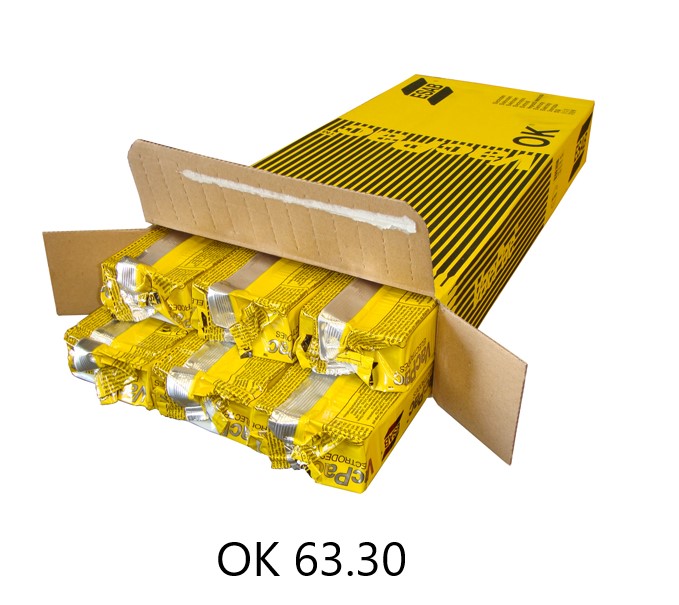
Electrode
There are countless electrodes with a wide variety of coatings.
The coated electrodes ensure the formation of the protective gas, which suppresses the oxidation of the seam. In addition, it also protects the seam by slag formation, thus preventing oxidation, as well as helping cooling and increasing the defrosting performance.
Coated electrodes also play a role in alloying, which is important because very high temperatures can cause many alloying elements to burn out of the base metal, and the weld may eventually become weak. Finally, these welding materials also contribute to arc stabilization, but also reduce spatter.
The type and structure of the coating determine the melting character and welding properties of the electrode.
According to the DIN EN ISO 2560-A standard, the following coatings are distinguished:
• A=acidic
• C=cellulose
• R=rutile
• RR=thick rutile
• RC=rutile cellulose
• RA=rutile acid
• RB=rutile-basic
• B=basic
For alloyed and highly alloyed electrodes, there are significantly fewer types of coatings. Rutile and basic electrodes are recommended for welding stainless steels (DIN EN 1600). Both types can also be used for welding heat-resistant steels (DIN EN 1599). For high strength steels (DIN EN 757) only the basic coated electrode can be used.
Rutile electrode
Basic electrode
High strength
Abrasion resistant
For rust- and acid-resistant material
For cast iron
Here you will find our most frequently searched products in this category... If you are interested in another product, contact us!
If there isn't stock or quantity, we can order from the manufacturer!
